Talking Points
- GBPNZD Opens in Range
- R3 Resistance Sits at 1.9499
- Market Breakouts Signaled Under 1.9364
GBPNZD 30min Chart
The GBPNZD has started today’s trading at the upper end of its current daily trading range. Currently the pairs range resistance line lies near the R3 camarilla pivot at 1.9499. In the event that price respects resistance, traders can look for a potential price movement back towards range support. For today range support is found at the S3 pivot point at a price of 1.9409, completing the days 90 pip trading range.
A breakout Below the S4 pivot would signal a strong reversal back in the direction of the GBPNZD’s current daily trend. It should be noted that price has declined as much as 667 pip over the last six weeks of trading. Conversely a price break above R4 resistance at 1.9544, would indicate momentum shifting towards a new higher high. In either of the two mentioned breakout scenarios, the range should be considered invalidated for the day with traders then positioning themselves with the markets new direction.
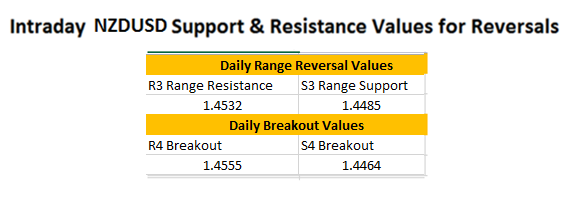
---Written by Walker England, Trading Instructor
More...


 LinkBack URL
LinkBack URL About LinkBacks
About LinkBacks

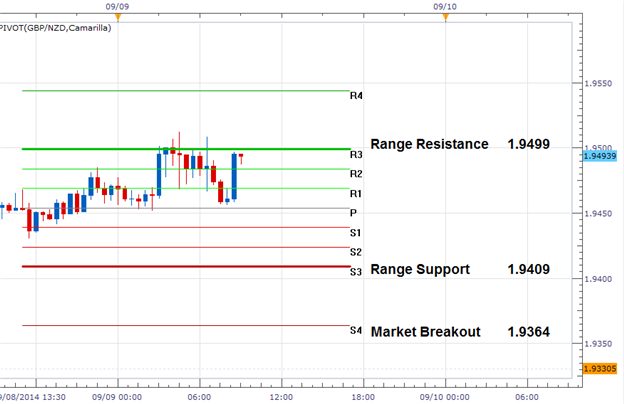





 Reply With Quote
Reply With Quote
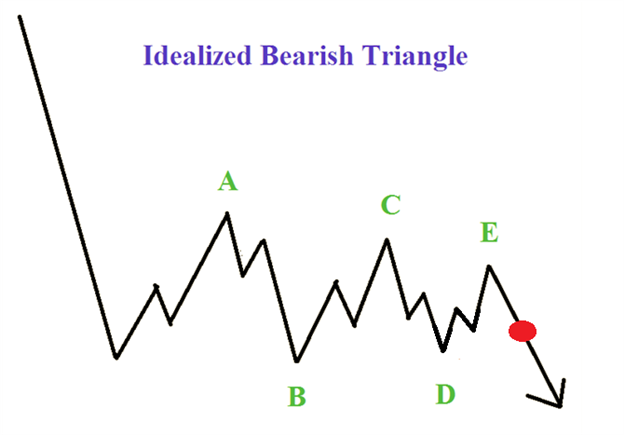
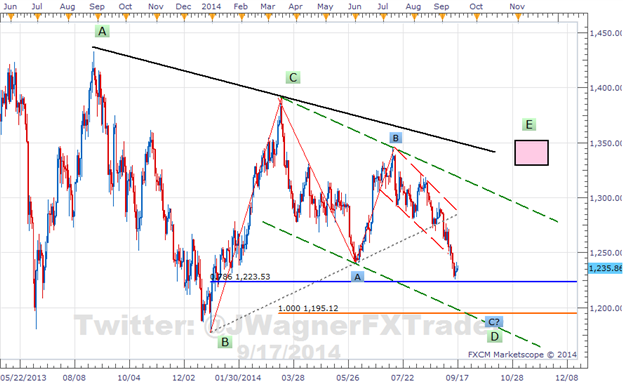
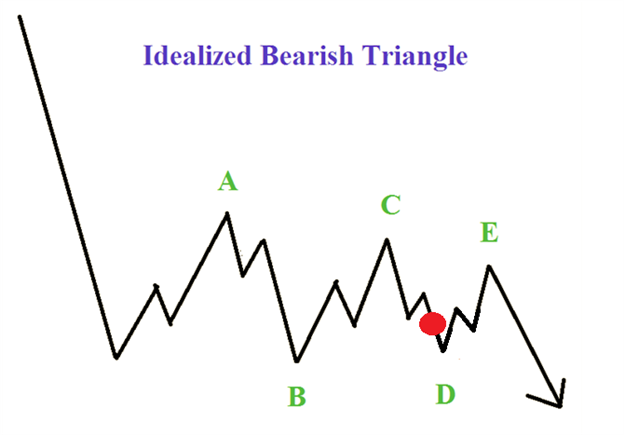

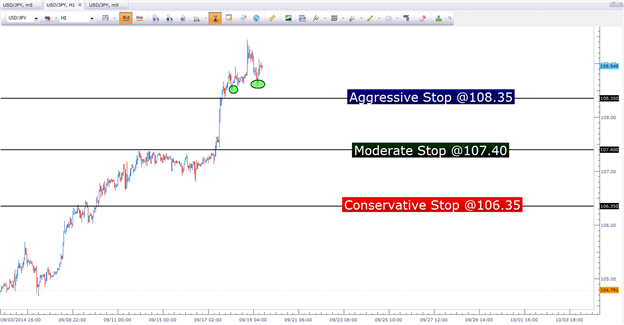
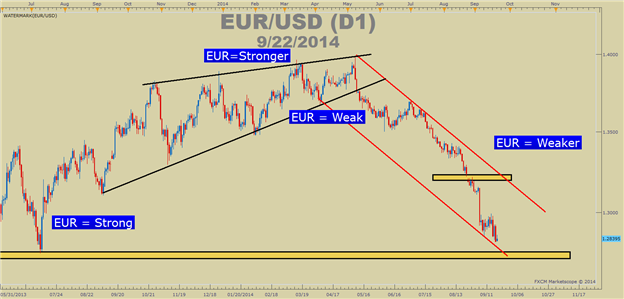
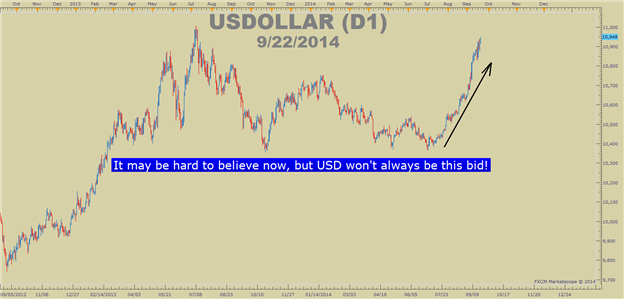
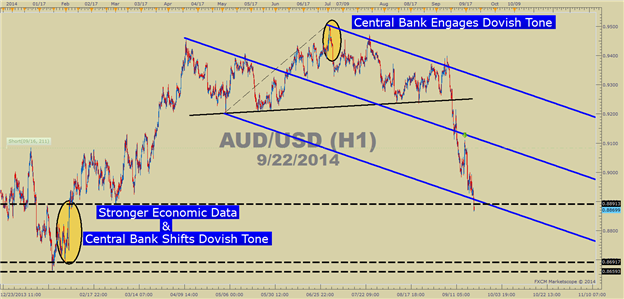


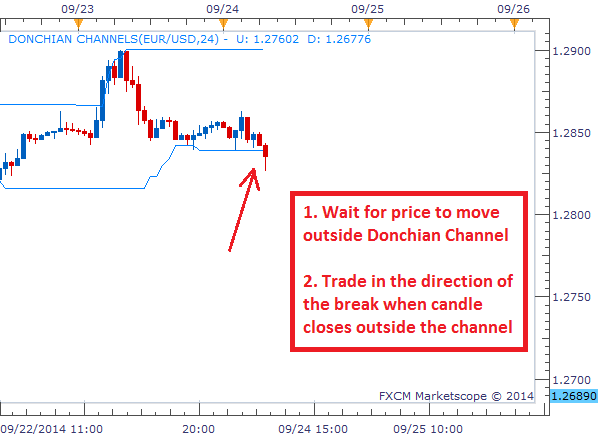
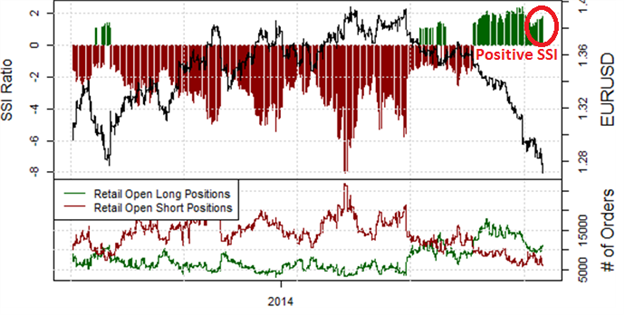
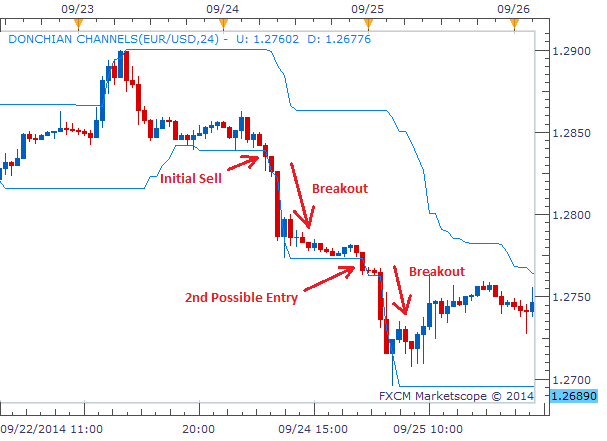
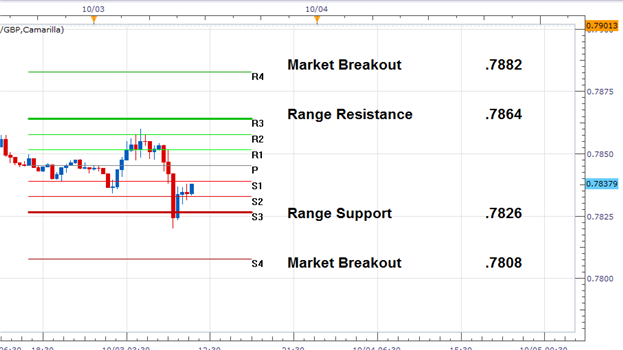
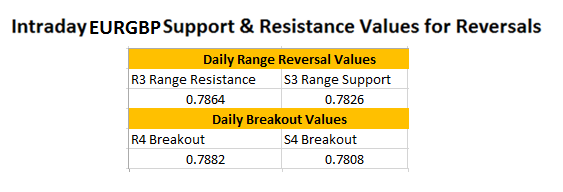
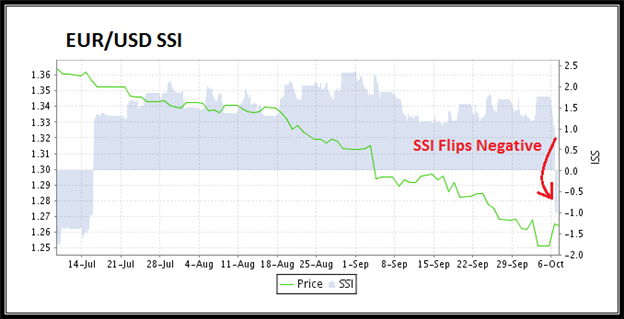
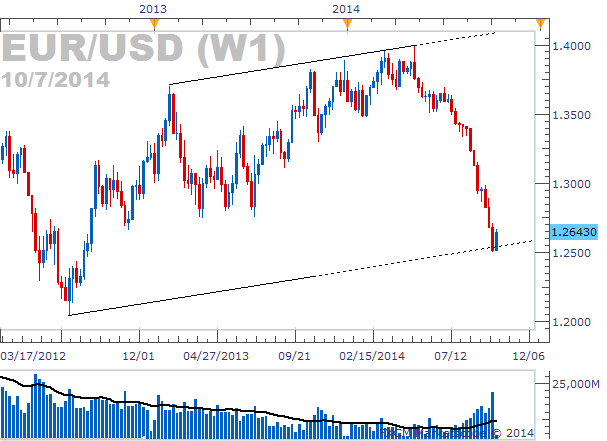
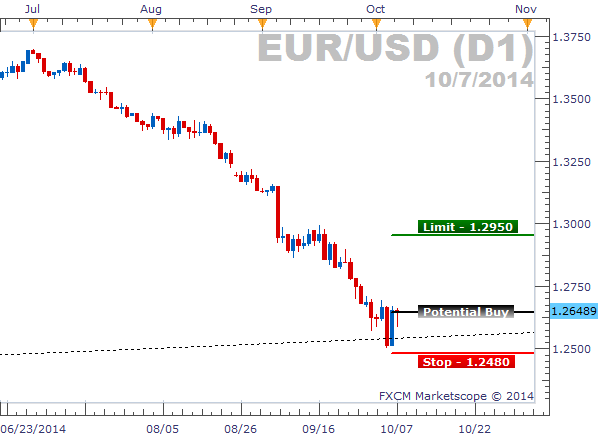
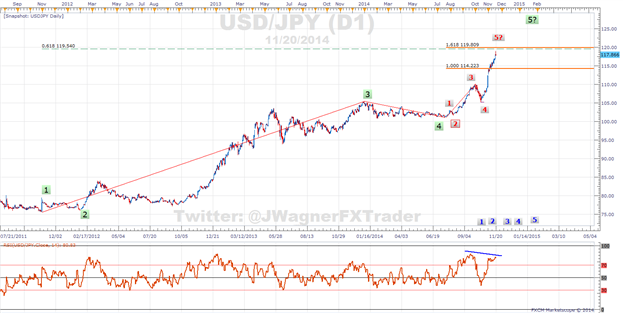
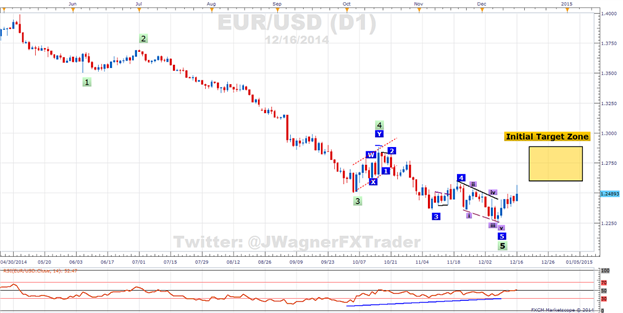
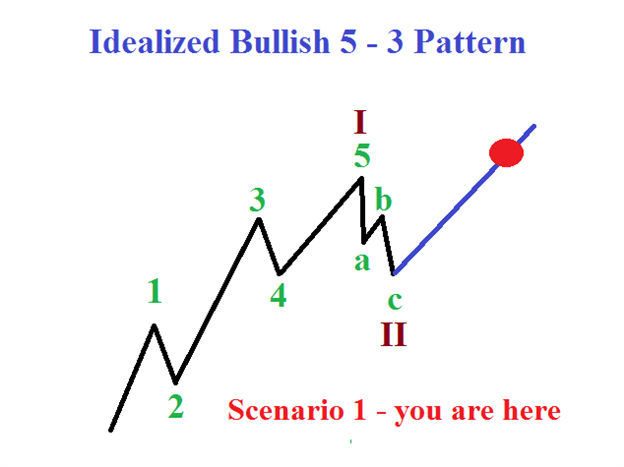
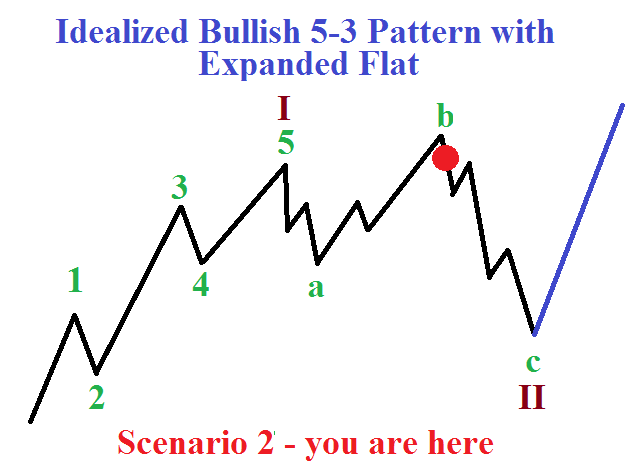



Bookmarks